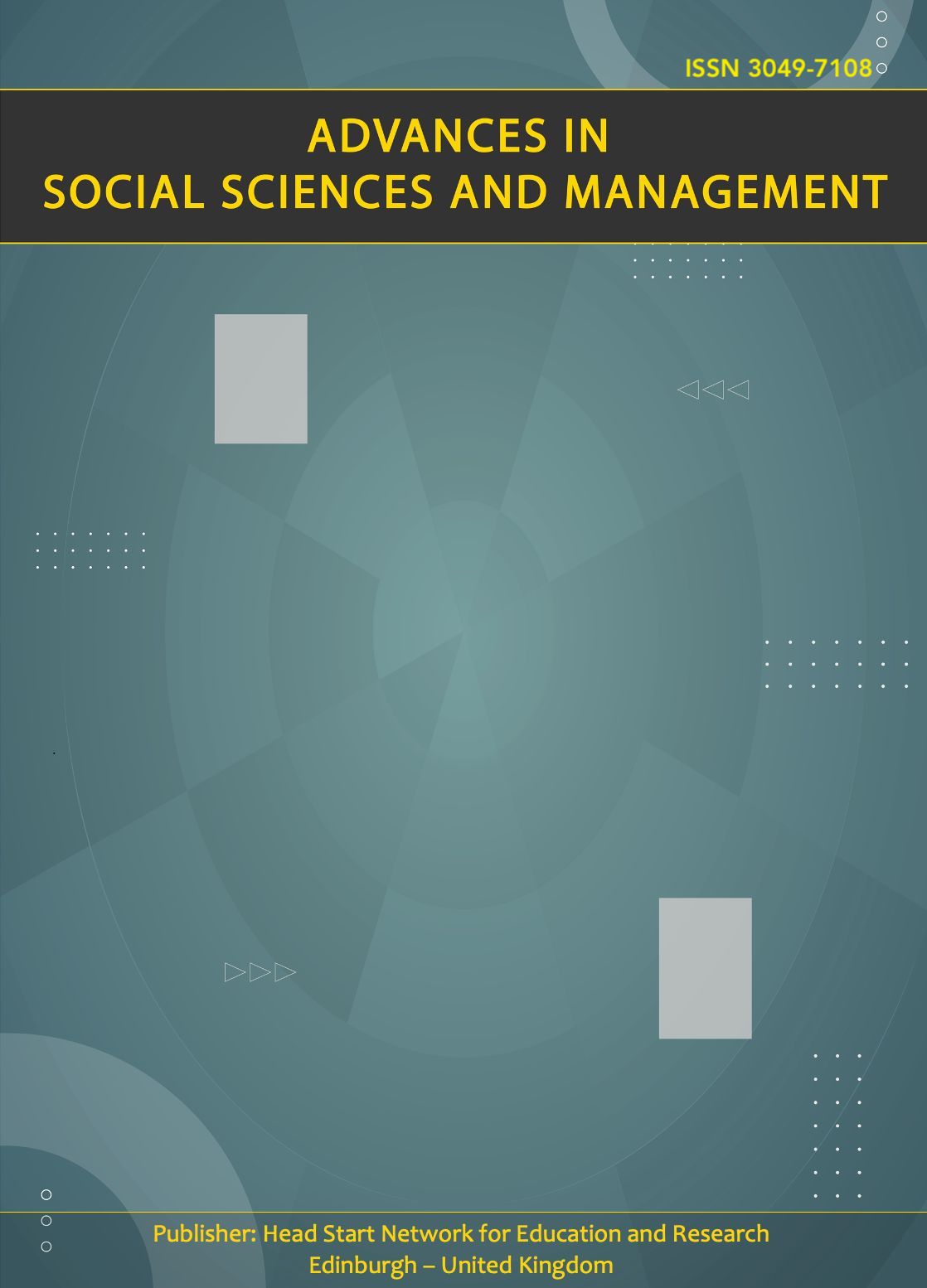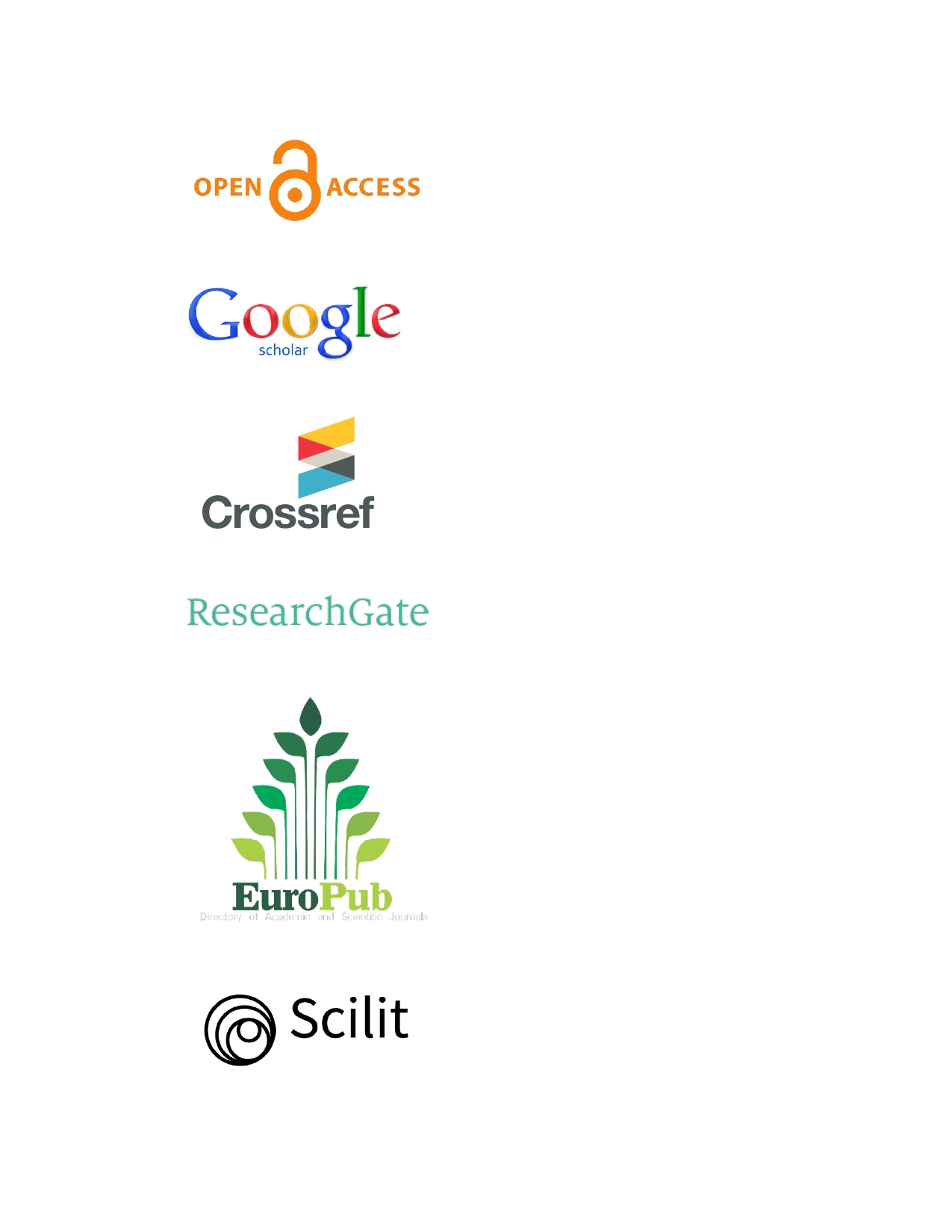Aloe Vera - Sustainable Building Material
DOI:
https://doi.org/10.63002/assm.32.911Abstract
Magical plants Aloe vera, known as the “queen of medicinal plants”1 even after several hundred years, was highly valued in numerous cultural areas for its medicinal and therapeutic properties, but was rarely used as a building material. Studies in this area are only known in the paint industry. Today it is mainly used for skin diseases, for cosmetic purposes and as a medicine with a laxative effect. In the course of the 20th century, this versatile plant was further observed. You can find many products on the market that are based on aloe vera. Juices and gels are offered, but Aloe Vera is almost only used in cosmetics and alternative medicine with “promising success”. You can read a lot about companies that are already dealing with aloe vera and selling such products. It is precisely because of its wide range of biological activities and physiological properties that aloe has received more and more attention in science, including here in this project. About fifteen years ago, over 5 million liters of aloe vera simple concentrate were produced and marketed annually in the United States alone. This project only uses 1 to 2 plants. From this American quantity, around 1,500 different aloe-containing products were manufactured and offered. In this project only 3 to a maximum of 5. In Europe there were a total of around 350 to 400 products that contained aloe vera extracts. In this project, not only the composition of the most important active ingredients and their applications are important, but also their bioactive effects and toxicological assessments were developed. In this study, aloe vera is not further investigated for its medical or pharmacological successes, but in a completely different direction. Success is not promised, but it is worth further investigation. Aloe vera is not only a plant with healing properties, but also a sustainable building material. An alternative to conventional building materials is discovered here.
Downloads
Published
How to Cite
Issue
Section
License
Copyright (c) 2025 Azim Causevic

This work is licensed under a Creative Commons Attribution 4.0 International License.






